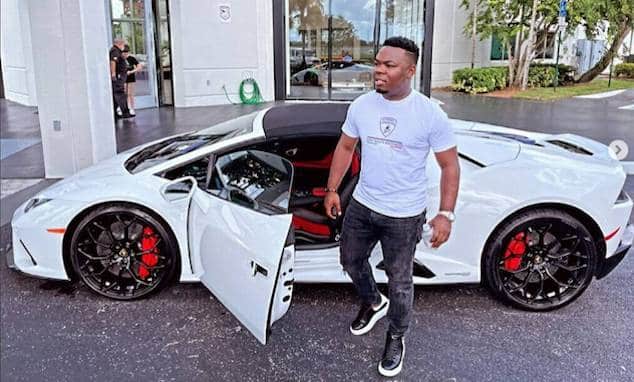

What the Paycheck Protection Program was suppose to do and how it went incredibly wrong as the government sought to assist companies during the COVID pandemic.
The Paycheck Protection Program – PPP – was considered a blessing when it first came out, but it also brought in a plethora of controversies. The program was aimed at small businesses affected by the coronavirus pandemic. It involved a massive $800 billion bill.
The program was over before the summer of 2021. There were still a few exceptions for late business people. Still, it was only a temporary measure to help business owners overcome the crisis – resources to make payments and even maintain payrolls.
What the PPP loan brought in
While there were quite a few PPP loan alternatives at that point, the program was signed by President Donald Trump in the spring of 2020. It went into action straight away, and funds were distributed immediately – basically, forgivable loans to small businesses.
The program was brought in relatively fast – just weeks after the USA declared a national emergency due to the coronavirus pandemic. It was an incredibly quick response to the crisis, yet other countries did something similar for employees who lost their jobs, self-employed individuals, and small businesses.
The loans were not collateralized. No assets were at risk, and there was no need for a guarantee. Loans were also forgiven if the business owner could prove that they went to the right place – payroll, rent, mortgage, utilities, and other similar needs.
Initially, the term was set to 10 years, but it was then reduced to two years only. The interest rate was also reduced from 4% to 1%. Not every company could apply for it, but small businesses, nonprofit organizations, and tribal businesses with less than 500 employees.
Self-employed professionals, contractors, and sole proprietors were also included in the program.
Businesses that kept trading were not eligible for the program. Borrowers had to prove that the uncertain economic situation made the loan necessary. They needed to understand the loan profile rather than see it as easy money.
The effectiveness of PPP loans
PPP loans were created as a temporary solution. They were fast and worked well. To help you get an idea, the government needed almost a year to develop something similar during the financial crisis of 2008.
Despite facing some critics and a few controversies, the program was proven helpful for most businesses that took part in it. Employment was boosted, and many jobs were preserved with financial help.
However, all these benefits came with a cost. Comparing numbers before the pandemic, it looks like costs suddenly increased. For instance, many businesses paid their suppliers more than usual – in other words, companies and even banks took advantage of it.
Within a month, over $500 billion of taxpayer money was gone to more than 4.5 million businesses. However, the recipients were kept secret due to a confidentiality issue in the law. Information was withheld until a lawsuit forced some data out.
This was when controversies started. For instance, more than 100 loans were made to businesses with no names. Then, some loans were made to politicians, as well as their families, not to mention churches, anti-vaccination organizations, and even publicly traded companies.
Controversies went further than that. Some companies received more than $2 million, despite warnings that failing to follow the rules would get them in trouble. One case made it to the press – a man pretended to run four businesses and spent around $5 million on luxury cars.
Later on, more people were charged with claiming PPP loans without actually needing them – they managed to get hundreds of millions of dollars. A couple, for instance, claimed more than $20 million, and despite being trialed, the two fled.
As the coronavirus pandemic was slowly under control, the Paycheck Protection Program ended. It officially ceased at the end of May 2021. However, existing borrowers may still be eligible for PPP loan forgiveness.
In conclusion, the PPP is now gone. It lasted for about a year and implied spending about $800 billion of taxpayer money. Initially, it was welcomed, especially since it kicked in as soon as the USA got overwhelmed by the increasing number of coronavirus cases.
For many businesses, it was a breath of fresh air. It was the money they needed to survive, keep their employees, keep up with the payments and avoid closure. These loans vary based on the size of the business and financial needs.
Unfortunately, the program did not function like it should, given that it also brought in many controversies – money sent in the wrong direction and even falsely claimed loans. While some people got trialed for the scam, others somehow escaped.
These days, despite the coronavirus being around, the pandemic seems to be under control, hence the necessity to stop the program.





